Out of stock
Taupe Suede
The sole is made of a fully rubber coated ecological jute. The interior is lined with a beige leather insole.
Description
- General Description – Shoes and Foot Orthotics PDF Print E-mail
Shoe components
Shoes are the important foundation of the lower limb orthosis. Shoes are used to protect and warm the feet, transfer body weight while walking, and reduce pressure or pain through redistributing weight. Shoes should be comfortable and properly fitted. They should be at least 1 cm longer than the longest toe and correspond to the shape of the feet.The shoe can be divided into lower and upper parts. The lower parts consist of the sole, shank, ball, toe spring, and heel. The upper parts include the quarter, heel counter, vamp, toe box, tongue, and throat.
Sole
Outer and inner soles are separated by compressible filler. Both of them are made preferably of leather for breathability.
The ball is the widest part of the sole and corresponds to the area of the metatarsal heads.
The shank area is from the anterior border of the heel to the ball. A steel piece may be used to reinforce the shank area.
The toe spring is the space between the anterior sole and the floor.
Heel
Leather with rubber on the plantar surface commonly is used for the heel.
A spring heel is one-eighth inch high.
An Oxford heel is three quarters to 1 inch high.
A military heel is 1 and one quarter inches high.
A Cuban heel is 1 and a half inches high.
The heel counter is the posterior portion of the upper part between the quarters. This structure is used to reinforce the quarters and support the calcaneus. The heel counter can increase the posterior stability of the shoe.
Upper
The upper is the portion of the shoe above the sole.
The vamp is the anterior section.
The quarters are the posterior section.
The throat is the base of the tongue.
The tongue is a piece attached to the vamp.
The toe box is the reinforcement of the vamp to protect the shoe from trauma.
Shoe modifications
A properly fitted shoe should have adequate room for the foot to expand while the patient is bearing weight. The shoe should be at least 1 cm longer than the longest toe, and the widest part also should correspond to the widest part of the foot. Shoes can be modified to reduce pressure on sensitive areas by redistributing weight toward pain-free areas. (See image below.)
Additional information
| Size | [Europe – 41 ] [ UK – 7 ], [Europe – 42 ] [ UK – 8 ], [Europe – 43 ] [ UK – 9 ], [Europe – 44 ] [ UK – 9.5 ], [Europe – 45 ] [ UK – 10.5 ] |
|---|
Reviews (0)



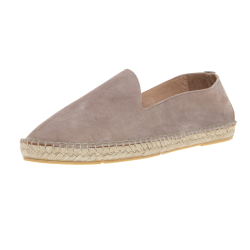

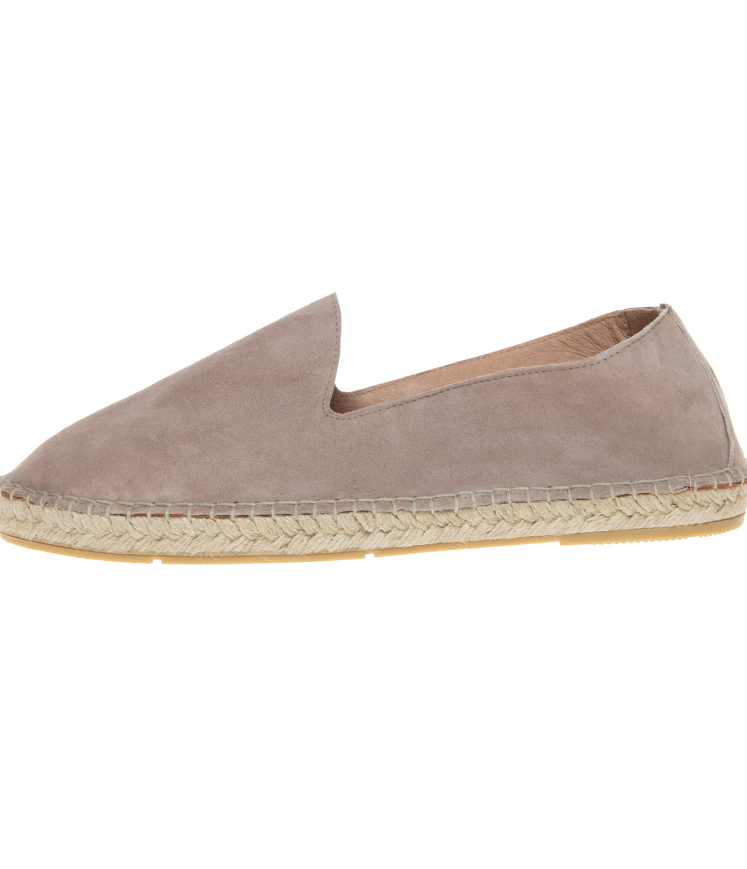



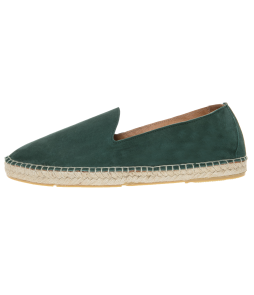
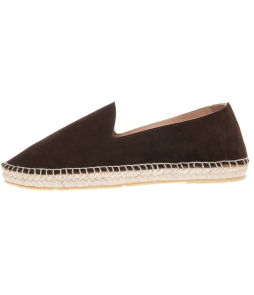
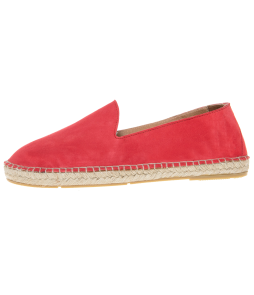
Reviews
There are no reviews yet.